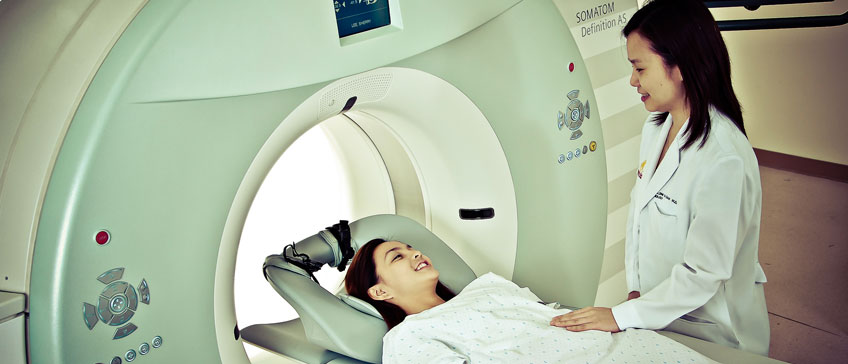Asia Medical Devices: Reaching customers

In many healthcare markets especially in Asia, fragmented decision-making makes it difficult for companies to understand the requirements and power balance of all key stakeholders. In order to be selected for use, a device might have to be approved by a national or regional authority, selected by a healthcare provider, specified by a particular clinical team, and then chosen by doctors, often in consultation with patients. Finally, it may be the patient’s own reactions to the device that define its success in use.
In public hospitals, as its funding mainly comes from the government, there may be a number of bureaucratic processes for the management and procurement to decide on which device to buy. The time taken to validate a purchase order and to pay a supplier is much longer than in private hospitals. The lobbying efforts at each layer of the public channel may be done by exclusive distributors to facilitate the funding for the hospital (future buyer of their equipment).
Putting suppliers in competition is a normal process. The prices vary slightly among public and private hospitals. Public contracts can require an important discount obliging some distributors to sell at loss. Nevertheless it doesn’t occur as often as it may raise the interest of anti-corruption institutions.
Traditionally, medical devices have been viewed as a high growth market with low price pressure. Today, several trends are making this competitive dynamic characterized by slower growth, increasing price pressure and new purchasing dynamics. Hospitals are gaining better bargaining power, device manufacturers and their distributors are left with few options including to review prices. Are there any other ways to strengthen the market position?
More and more medical device companies are transforming their business model and re-branding themselves as a solution provider. This has given birth to a number of innovative business models through “out-of-the-box” partnership or acquisition with parties who provide complementary services and technology solutions to the products. As a result, a broader patient population across the care continuum is served and a new value in the healthcare system is created.
- What are national and provincial healthcare priorities, shortfalls and bias? Who and what are the drivers of these priorities?
- What are the market’s unmet needs and opportunities our organization can capitalize? How does our organization create value in the healthcare system?
- Who are the decision makers in customers and what is the lobbying strategy?
- Who are the customers and how can our organization’s offers meet their expectations?
- How can our organization help hospitals to improve efficiency and help patients to achieve treatment goals?
- How can our organization prioritize and grow share across different products, buyers, price points?
- What are the development model and who should our organization partner with/acquire?
- How can our organization develop with this model for the next 5 -7 years?
For more details on how Solidiance can help you to successfully grow your Asia healthcare business, please meet our team or send us an email.